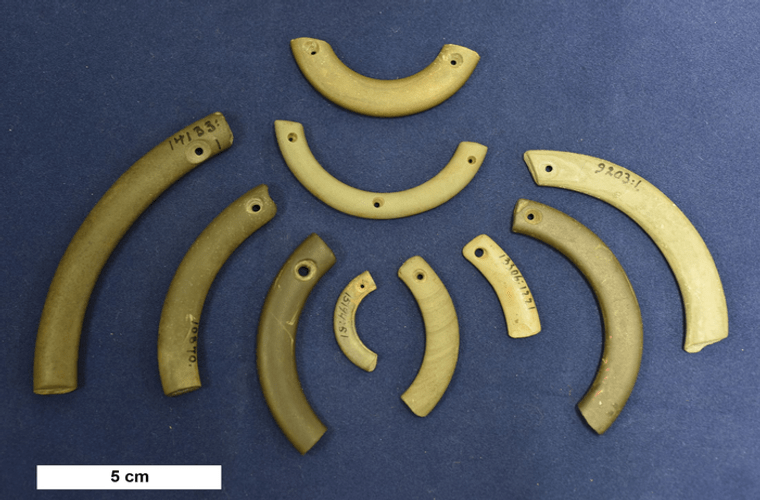Whether it’s a matching shirt or necklace, or our favorite video games, we love to share physical objects with our close friends. The psychological benefits of gift-giving are very powerful and help individuals connect and solidify relationships with others.
Recently, the ancient roots of this practice have been revealed, as scientists from the University of Helsinki have found matching ornaments from the stone age, that they believe were used as a symbol of friendship between two individuals.
Background The Power of Gifts
Gift-giving is a practice that has appeared throughout time in all cultures. There are different contexts for gift-giving, such as birthdays, anniversaries, or holidays where multiple individuals participate in the process, and there are also many psychological aspects to gift-giving as well.
Researchers have found that people feel a strong sense of happiness when giving a gift, and for some individuals, this happiness may be stronger from giving a gift rather than even receiving one. It has also been found that gift-giving can boost empathy for others, making individuals feel better connected. This process can also help people feel less guilty about something, or be used to entice individuals to do favors for another person.
Because humans are social animals, there are multiple connotations for gift-giving, and each has its own set of psychological drives. As archaeologists. from Helsinki found, these psychological drives have been with us since ancient times.
Analysis: Friendship Ornaments
At a dig site outside of the Lake Onega region in northwest Russia, archaeologists working the excavation recovered several different ornaments. By lining up different ornament pieces and analyzing them, the researchers realized that the ornaments, once worn, had been broken purposely. Because the ornaments were found in multiple locations, the scientists theorized that they were worn by two individuals, similar to matching friendship bracelets.
According to a postdoctoral researcher from the University of Helsinki, Marja Ahola, “These fragments of the same object may show the handprint and preferences of two individuals. Perhaps they wore the ornaments as a symbol of a connection established.”
The researchers also found one location where the ornaments were found was a burial site, suggesting that one of the individuals perhaps buried their friend, complete with half of the ornaments. “What we see here may be one way of maintaining a connection between the living and the dead. This is also the first clear material connection between a certain place of residence and a burial site. In other words, the people who lived there most likely buried their dead in a site close to them,” Ahola said. While the origin of these ornaments is still being researched, what the scientists did find offers one compelling explanation based on a friendship.
Outlook: Understanding Social Survival
If these ornaments are indeed ancient friendship bracelets, they shed more light on how mankind survived over the centuries. This find reveals the importance of gift-giving as a way to establish treaties and alliances between multiple individuals. We have now modernized this approach to fit the technology we have with e-gift cards and virtual cards. But perhaps the next time you give someone a gift, you’ll be reminded of how old this tradition actually is.
Kenna Castleberry is a staff writer at the Debrief and the Science Communicator at JILA (a partnership between the University of Colorado Boulder and NIST). She focuses on deep tech, the metaverse, and quantum technology. You can find more of her work at her website: https://kennacastleberry.com/

